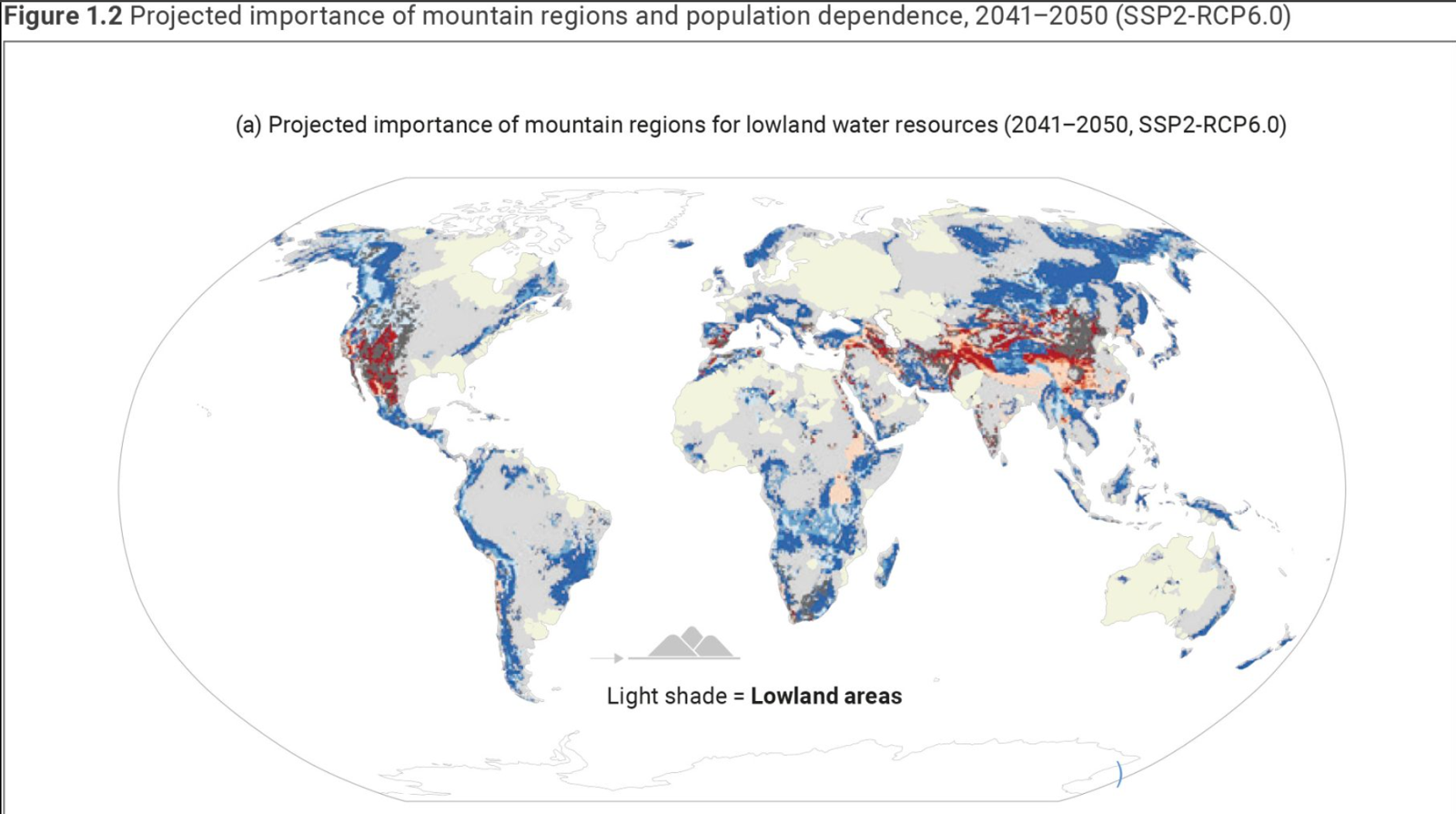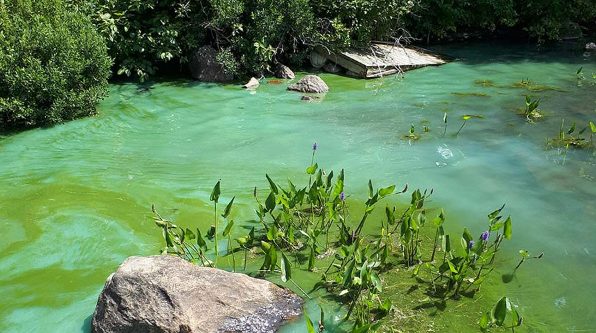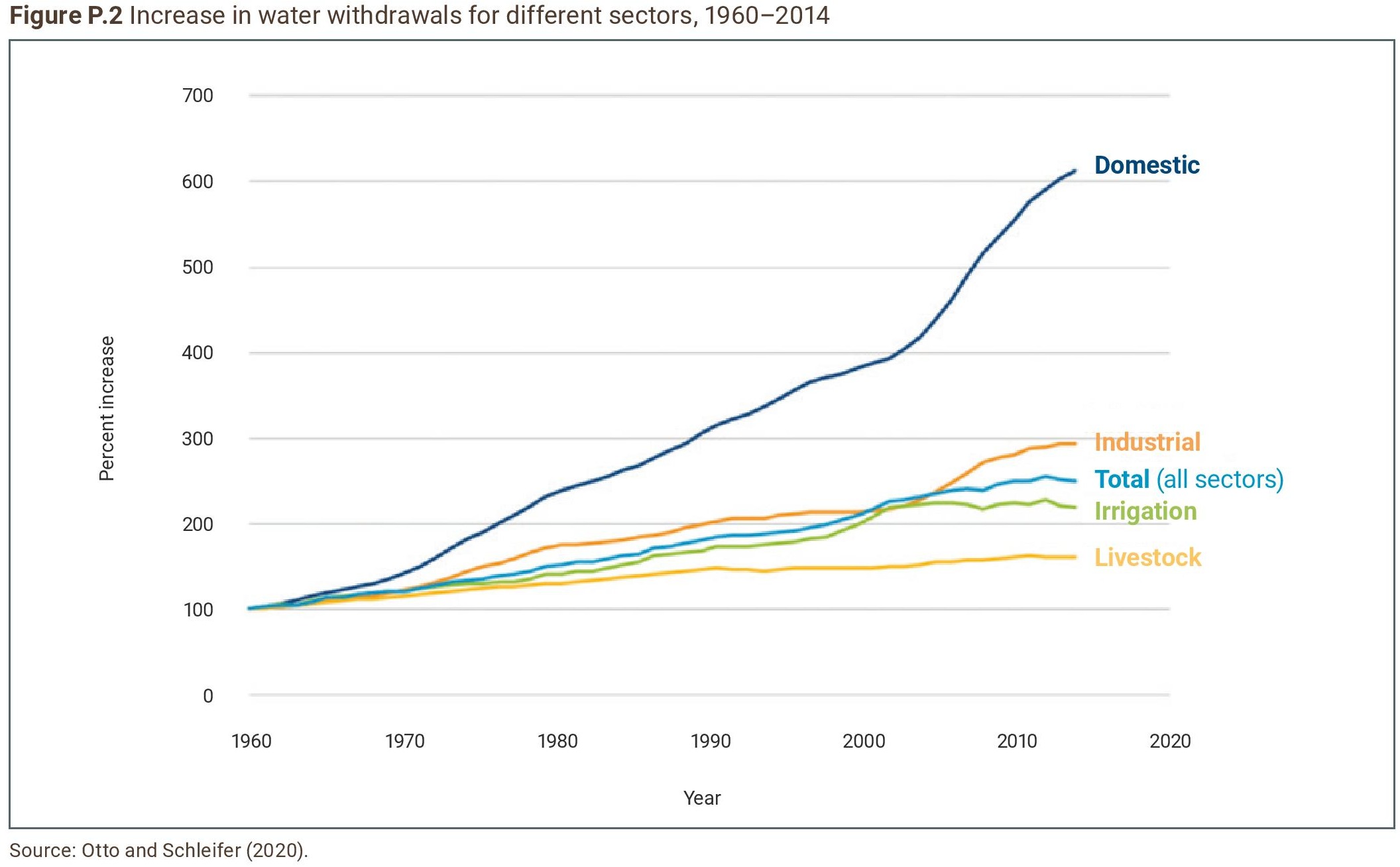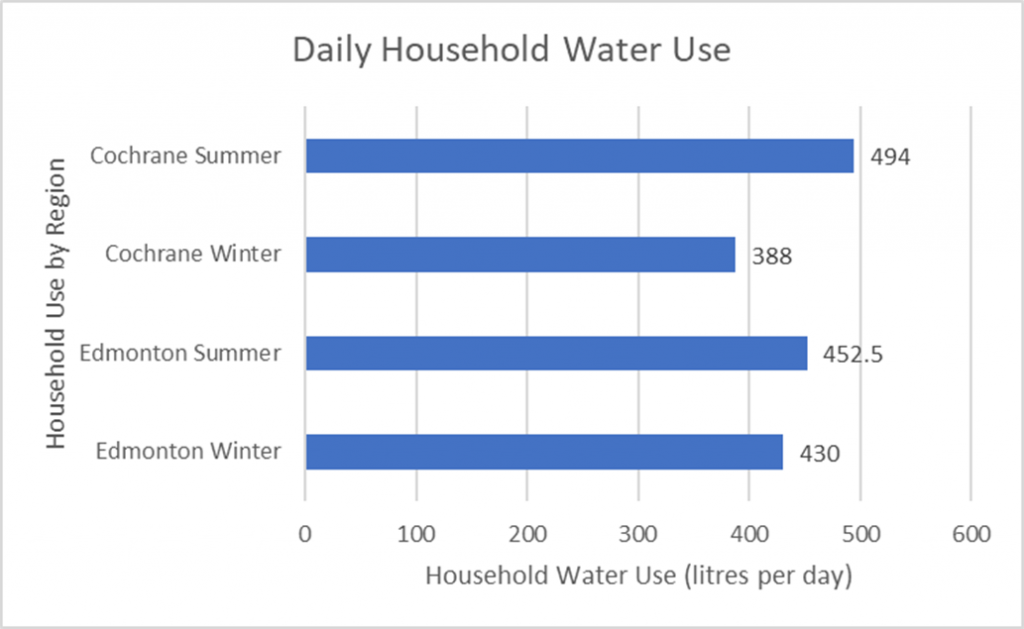
ED’s Corner: Nothing that happens in the mountains stays in the mountains!
Happy (belated) World Water Day 2025! 2025’s World Water Day

June is the anniversary month of Alberta’s most expensive flood.
Back in 2013, there were two major floods in Canada: Southern Alberta and Toronto [i]. The bigger was the Southern Alberta flood which ended up displacing some 125,000 people, claimed 5 lives, cost approximately $6 billion (estimates vary) and affected some 55,000 square kilometres [ii]. At the time, it was Canada’s most expensive natural-hazard disaster but that title, sadly, quickly passed to another Alberta event three years later. But that, as the saying goes, is a story for another time.
Leading up to June 2013, there was concern that the year would be a dry year with the inevitable concerns for Alberta and downstream irrigation. However, in June, heavy rainfall fell in the headwaters of many rivers including the Bow, Elbow, Highwood, Little Bow, Sheep and South Saskatchewan leading to Alberta’s first Provincial State of Emergency being declared along with more than 30 community States of Emergency.
There has been much coverage of the flood and the subsequent response, recovery, mitigation and preparedness efforts – simply Google “Alberta 2013 flood” – I found 8.3 million results. (Also, and not to toot our own horn too loudly, the WaterPortal extensively covered the 2013 flood.) So, I have no intention of paddling that creek again. However, I think it worth noting that, ten years, hundreds of millions of dollars and much personal trauma later, the work to address the 2013 flood and to reduce the vulnerability to the next flood is still not done. All affected communities have worked since 2013 to reduce their vulnerability. Think of all the work that Calgary [iii] or High River [iv] have completed to name just two of the affected communities. There has also been considerable work by the Provincial [v] and Federal Governments.
All this work is not just driven by the floods of 2013 and the many subsequent floods [see vi for an enlightening but outdated list]. It is also driven by the certainty that there will be more floods in the future. Nature has conclusively demonstrated to us that far too many of our homes and far too much of our infrastructure is deeply vulnerable to current extreme precipitation events. Let alone what the climate scientists are forecasting with respect to changing precipitation patterns.
So, what to do if you are exposed to flooding? (And remember, flooding is not only the result of overflowing rivers: you may also be vulnerable to stormwater flooding or unusually high lake or sea levels.)
Work continues at the Federal, provincial and local government levels (e.g. mapping, relocation, defence). This work needs to continue. However, most of us, as private citizens, have little opportunity to materially affect some of this work. That said, there is always the option to better prepare on a personal level. The work of organisations such as Partners for Action’s FloodSMART Canada web site, the Intact Centre on Climate Adaptation or the Canadian Red Cross are aimed at helping individuals understand and reduce their flood risk. There are also the various government (e.g. Alberta, Nova Scotia, Ontario, Canada) and local authority (e.g. Calgary, Surrey B.C., Yellowknife) emergency preparedness sites. In other words, there is no shortage of information sources out there.
If you are one of the minority who are vulnerable to flooding and have prepared – CONGRATULATIONS!
If you’re not sure, think on these:
Let’s keep our homes (and ourselves) dry!
It’s occurred to me that I wrote about the “preparedness” resources above. It’s difficult to do that without knowing the nature and extent of the hazard one is facing… Doh!
Sadly, a key criticism from many quarters has been the challenges of flood hazard maps. Either because they don’t exist, are outdated, are hard to find or hard to understand. I mentioned the federal government’s work on mapping above and some of that work is an explicit attempt to address some of the mapping gaps. However, different approaches have been adopted in different provinces. In Alberta and New Brunswick, for example, mapping happens at the provincial government level. In British Columbia, on the other hand, flood maps are the responsibility of the local authority [ix]. In Ontario, there is a third approach: the watershed Conservation Authorities are responsible for flood plain mapping [x].
So, I think the best advice I can give with regard to establishing the extent of your flood risk is to briefly search online and, failing that, start with your local authority’s emergency management people. They will probably be delighted in your interest and happy to help.
[i] CBC, 2013, Alberta flooding top weather story of 2013. https://www.cbc.ca/news/world/alberta-flooding-top-weather-story-of-2013-1.2470102. Accessed 2023-06-19.
[ii] MNP, 2015, Review and Analysis of the Government of Alberta’s Response to and Recovery from 2013 Floods. https://open.alberta.ca/dataset/48bd39ee-2a5a-4846-944d-6004e0a8a498/resource/8404f003-1bde-49d9-a953-d37e0d671dac/download/2013-flood-response-report.pdf. Accessed 2023-06-19.
[iii] City of Calgary, n.d., Flood resiliency improvements since 2013. https://www.calgary.ca/water/flooding/flood-resiliency-improvements.html. Accessed 2023-06-19.
[iv] High River, 2023, Flood Protection/Mitigation Program Status for the Town of High River. https://highriver.civicweb.net/filepro/document/42040/2023-03-30_Insurance_Letter_FINAL.pdf. Accessed 2023-06-19.
[v] Government of Alberta, n.d., Flood mitigation. https://www.alberta.ca/flood-mitigation.aspx. Accessed 2023-06-19.
[vi] Public Safety Canada, n.d., Canadian Disaster Database. https://cdd.publicsafety.gc.ca/rslts-eng.aspx?cultureCode=en-Ca&boundingBox=&provinces=&eventTypes=%27FL%27&eventStartDate=&injured=&evacuated=&totalCost=&dead=&normalizedCostYear=1&dynamic=false. Accessed 2023-06-19.
[vii] Government of Canada, 2022, The risk of floods. https://www.canada.ca/en/campaign/flood-ready/know-the-risks/risk-floods.html. Accessed 2023-06-19.
[viii] Partners for Action, n.d., Canadian Voices on Flood Risk 2020. https://uwaterloo.ca/partners-for-action/past-projects/canadian-voices-flood-risk-2020. Accessed 2023-06-19.
[ix] Government of British Columbia, n.d., Floodplain mapping. https://www2.gov.bc.ca/gov/content/environment/air-land-water/water/drought-flooding-dikes-dams/integrated-flood-hazard-management/flood-hazard-land-use-management/floodplain-mapping. Accessed 2023-06-20.
[x] Conservation Ontario, n.d., Floodplain Mapping Ensures Public Safety and Prevents the Costly Impacts of Flooding and Erosion. https://conservationontario.ca/conservation-authorities/flood-erosion-management/floodplain-mapping/. Accessed 2023-06-20.

Happy (belated) World Water Day 2025! 2025’s World Water Day

What is Asbestos? Asbestos. The word itself causes a knee-jerk

What is pathology? At its core and most basic definition,

As I settle down to read the latest UN Water

Access to water, water use, and water conservation are of
We provide Canadian educational resources on water practices to promote conservation and sustainability. Our team crafts current and relevant content, while encouraging feedback and engagement.
The Canada WaterPortal is a registered charity, #807121876RR0001
We recognize and respect the sovereignty of the Indigenous Peoples and communities on whose land our work takes place.
© 2025 All Rights Reserved.